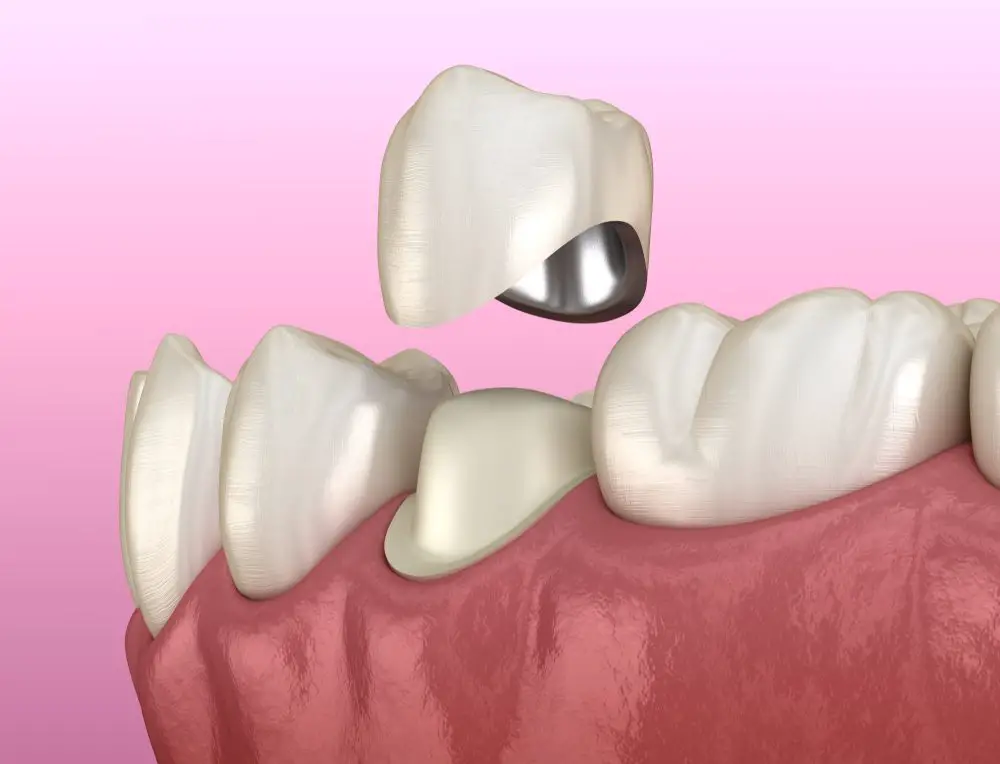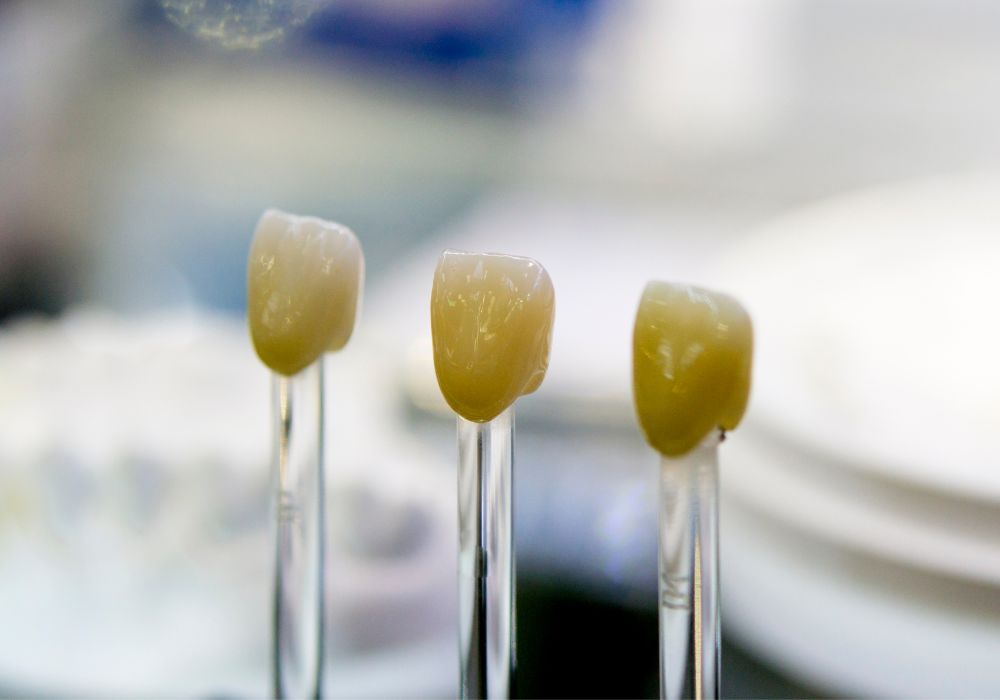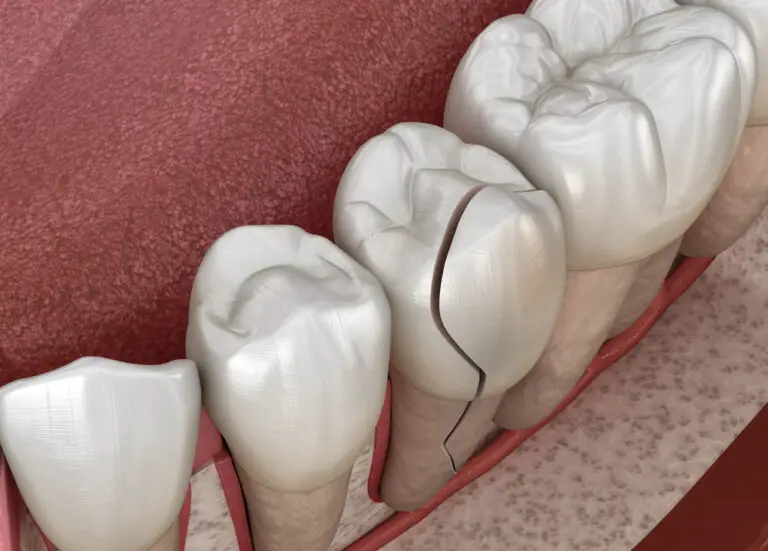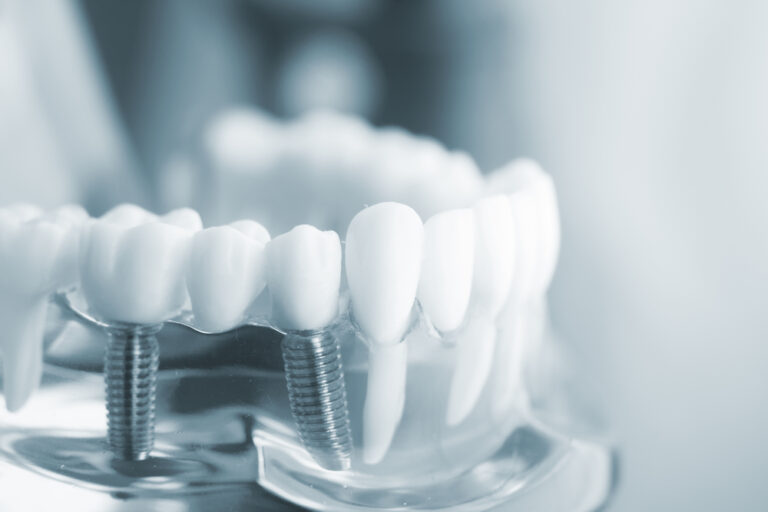Dental crowns are useful in many situations. Maybe you have serious tooth decay, or you’ve experienced mouth trauma recently. Maybe your teeth have been worn down through the years, or maybe you just want to change the appearance of the tooth.
Most will pay about $1,500 for a single crown, but the price range actually sits between $600 and $3,000. This depends widely on the material you choose for your crown, but there are lesser details that may increase or decrease your payout.
Understanding your options and the associated costs allows you to make the most informed decision. Your dentist should discuss all the details with you, but reading this article beforehand ensures you go in knowing your options.
How Much Does Dental Crown Cost and What Are the Effectors?
Unfortunately, there’s no “one-size-fits-all” quote for the cost of dental crowns. Everyone’s situation is different, and what you end up paying depends on things like:
- Your dentist’s location
- The tooth you’re replacing
- The condition of your mouth and the complexity of the procedure
There are also additional minor costs that you may have some control over. Dental insurance may cover a portion of your bill, but insurers tend to be strict regarding materials and what situations merit coverage.
Dentist Location
One of the most surprising factors that influence the average cost of any dental procedure is the location of your dentist. We would love to think that all operate under the same pricing pyramid, but location plays a major role in the overhead costs your dentist needs to cover.
The major force behind this is the cost of rent and utilities for their office. While it’s not a hard-fast rule, dentists in areas with a higher average rent tend to charge more for their procedures.
Jumping area codes or counties can have a major impact on your final bill.
The Tooth You’re Replacing
In general, crowns on visible teeth are more expensive than molar crowns.
You can choose another option, but most people want a natural-looking replacement on their front teeth. Porcelain or ceramic crowns are a top choice for their durability and aesthetic appeal.
Back teeth are unlikely to be seen, and you can get away with a more obvious gold crown or porcelain fused-to-metal crown. We’ll elaborate on these different materials in the following section.
Complexity of the Procedure
The more work needed to prep the area for a crown, the higher your bill will be. If you need a root canal on a badly damaged tooth or gum surgery for an impacted or broken tooth, expect to pay more.
Your dentist may also want to wait on the crown until they deal with more pressing issues in your mouth, like numerous cavities or gum issues. It makes sense to handle these procedures first, but they add up over time.
Additional Expenses
Additional expenses include:
- Diagnostics (i.e. x-rays, initial dental exams)
- Anesthetic
- Emergency treatment or after-hours appointments
- Aftercare materials
Someone who has been visiting their dentist on schedule will usually pay less for these things than someone who is needing a crown due to an emergency.
Types of Dental Crowns
While technology is always advancing, there are five types of crowns commonly used today, each with its own associated cost.
These include:
- Gold alloy crowns ($600 to $2,500)
- Entirely porcelain crowns ($800 to $3,000)
- Porcelain fused to metal crowns ($500 to $1,500)
- Zirconia crowns ($1,000 to $2,500)
- EMAX crowns ($1,100 to $1,800)
While the price is an obvious difference, each material has its own advantages and disadvantages to consider.
Gold Alloy Crowns
Gold alloy crowns get their name for their appearance, not their actual composition. They’re really copper mixed with other metals (usually nickel and/or chromium), and offer superb durability.
Gold crowns will last quite a while, and they’re often used for posterior restoration for those with bruxism (teeth grinding).
The main disadvantage is how obvious these crowns are because they don’t match the pearly-white appearance in the slightest. When used for back molars, it’s unlikely anyone will notice the crown.
There’s also a higher chance (although still minimal) for adverse effects like allergic reaction or edema.
All Porcelain Crowns
Crowns made entirely of porcelain are the most common today. They’re more expensive, but they appear much more natural in the mouth. You can easily match the size, color, shape, and texture of what teeth usually look like, making them the top choice for front teeth.
Porcelain is also biocompatible, so there’s a much lower risk of allergic reaction.
Beyond the higher cost, porcelain crowns are also less durable. They work fine for those who don’t grind their teeth, but would be a poor investment for those who do.
Porcelain Fused to Metal Crowns

The porcelain fused-to-metal crowns (PFM crowns) are the next best option for those who grind their teeth but want a more natural appearance. They combine the strength of the metal alloy with the natural top appearance of porcelain, and we’ve been using them for over 50 years.
In some cases, the PFM crowns will cost less than gold. The main issue people have with them is the potential for a gray line where the metal meets the gum line. They’re also slightly less durable than a completely metal crown, so those with severe bruxism may run into problems.
Zirconia Crowns
Zirconia crowns are relatively new, but they offer natural appearance with a strong foundation. They’re biocompatible, and your dentist may even be able to work on them in house instead of sending them to a dental lab.
In some cases, the zirconia crowns may be too strong. If you have weaker teeth opposite them, the material tends to wear them down prematurely. It’s also difficult to make adjustments once they’re set due to the strength of the material (which isn’t an issue if it’s done correctly the first time).
Emax Crowns
Emax is a specific brand of crowns made from lithium disilicate, a ceramic material that mimics tooth appearance nicely. This is the newest dental crown technology, resulting in a light, thin, durable replacement for any of your teeth.
While these are cheaper than zirconia crowns, they don’t have the same lengthy track record. Most people utilize Emax crowns without issue, but there are some instances where use over posterior teeth has failed.
Is it Worth it to Get a Dental Crown?
A dental crown is a long-term investment, but most would consider it worthwhile. While there’s a superficial motivation for dental crowns, they’re important for:
- Repairing soft teeth
- Guarding teeth after a root canal
- Preventing further deterioration in your mouth
Crowns should last at least a decade, but the more expensive options can take your 30+ years with the right level of care. It’s best to invest in the procedure now to prevent more costly fixes later on.
How to Save Money When Getting a Dental Crown

Dental expenses are rarely cheap, but there are plenty of options for minimizing the cost of your dental crown. The most immediate solution is sticking with a temporary resin crown, but this will only last you a few weeks (or months, if you’re being optimistic).
Aside from relying on insurance, consider:
- Using your FSA or HSA
- Making an appointment with a dental school or low cost clinic
- Inquiring about in-house payment plans
Insurance usually covers a portion of the cost of getting a dental crown, as well as any diagnostic fees leading up to this point. If you have insurance, contact your provider to see what they’re willing to cover.
This may limit you to a certain material, but it can save you on immediate out-of-pocket costs.
FSA and HSA
A Flexible Spending Account (FSA) or Health Savings Account (HSA) is something offered by your employer. You contribute pre-tax funds to these accounts, and you can use them for qualified expenses.
An FSA doesn’t carry over, so you want to use it up before the end of the year. HSAs do carry over, but they’re only available if your employer covers you with a High Deductible Health Plan.
In some cases, your FSA or HSA may be able to cover the entire cost of your dental crown procedure.
Dental Schools and Clinics
Dental schools offer discounted procedures in exchange for you allowing graduating students to practice on you. This may sound sketchy, but the students have received the proper training and work alongside a board-certified dentist to offer the same quality care.
Dental clinics and Community Health Centers are other low-cost options. They usually charge you depending on your financial situation.
Keep in mind that these budget options are often over-encumbered, and you may need to wait a month or more for treatment. Making an appointment as soon as possible is in your best interest.
Payment Plans
Your dentist may offer an in-house payment plan or be able to connect you to company that offers something similar. These plans are designed to alleviate the financial burden of your dental bills, spreading out the cost and eliminating pesky fees like interest.
Payment plans or health-centered lines of credit are often subject to credit approval, so it may be difficult to do this if you have credit issues. If you do qualify, make sure you follow the repayment plan exactly to increase your chances of future approval.
Conclusion
While it’s not the most expensive procedure, dental crown costs aren’t light on the wallet. Carefully weigh your options and make choices that suit your current needs and capabilities.
While it may be a stretch to pay for the more expensive option, it usually saves you in the long run. Not to mention the benefits to your mental health because you’re not self-conscious of your mouth.
Have more questions about dental crowns and their cost? Let us know in the comments, and we’ll guide you in the right direction.







